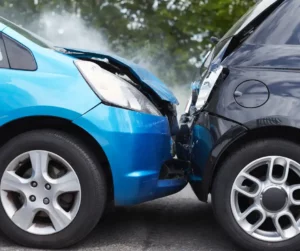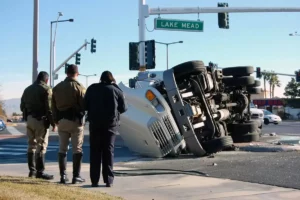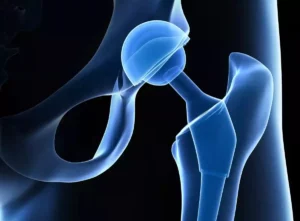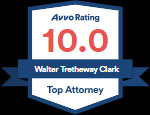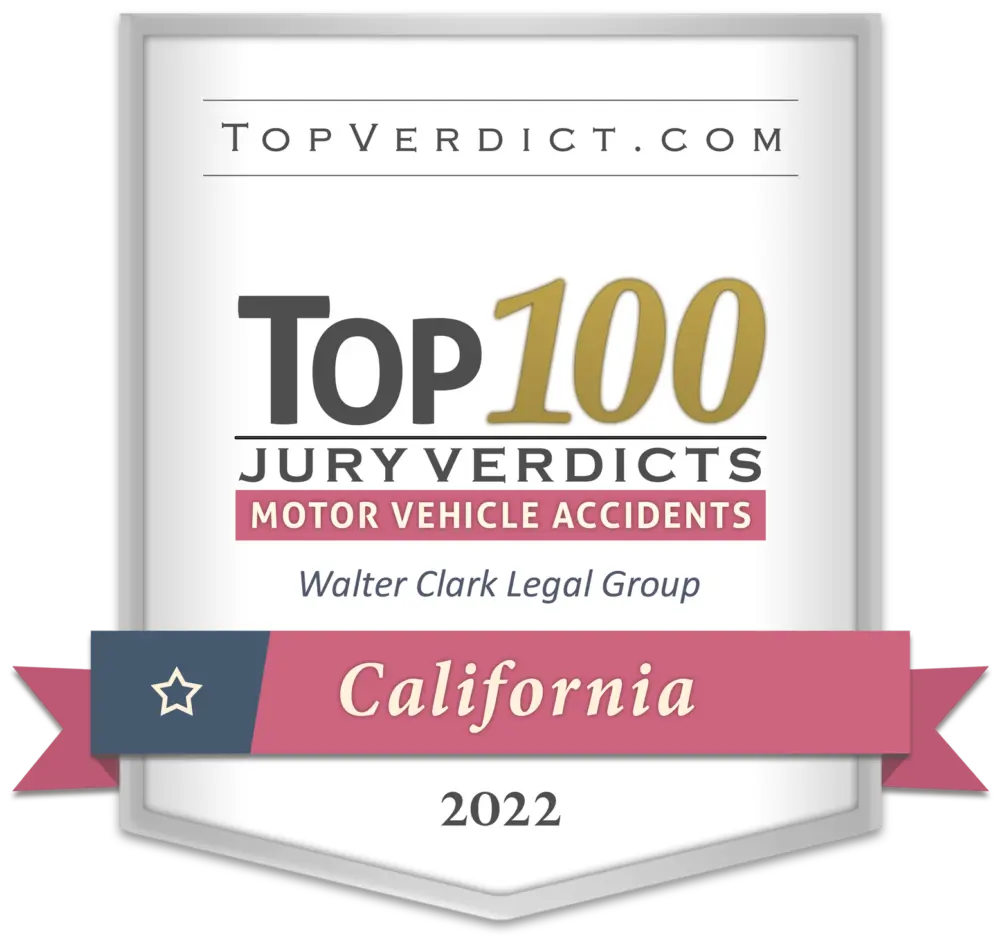No image available.
** This article was originally published on August 1st, 2018 and has been updated with new data to reflect current statistics.
More than 32,000 people are killed and another 2 million are injured in motor vehicle accidents in the U.S. Unfortunately, the fatality rate for car accidents in the U.S. was more than twice the average of other high income countries, according to data from 2013.
With 2019 data collected between the months of January and September, reports have revealed that traffic fatalities have decreased approximately 2.2 percent compared to 2018 figures over the identical time period.
Not every car accident is avoidable. However, a large majority of accidents are caused by human error, meaning that by eliminating some dangerous behavior, many car accidents could be avoided.
Here are some of the top causes of car accidents in the U.S.:
- Distracted driving. It’s no secret that distracted driving is one of the biggest issues on U.S. roads. In fact, it is estimated that distracted driving accounts for about 25% of all auto accident fatalities. In 2015, distracted driving accidents killed 3,477 people and injured 391,000. Those numbers are likely on the low end as well, as distracted driving accidents are under-reported.
- Speeding. Speeding contributes to nearly one-third of all car accidents. In 2012, traffic accidents involving speeding killed 10,219 people. Speeding in this sense does not only refer to reckless speeds, but going any speed that is too fast for the conditions. The NHTSA considers speeding to be a factor in a crash if the driver was charged with a speeding-related offense, or if the driver was racing, driving too fast for conditions, or exceeding the posted speed limit.
- Driving under the influence. The 2016 National Survey on Drug Use and Health found that 20.7 million people drove under the influence of alcohol in the past year, along with 11.8 million who drove under the influence of illicit drugs. While both substances are dangerous, drugged driving actually surpassed drunk driving in 2015 among drivers killed in crashes. Drugs and alcohol impair a driver’s ability to focus and react appropriately behind the wheel.
- Reckless driving. We’ve all seen those drivers who disregard basic rules of the road and common courtesy for other drivers because they are in a hurry. This can look like changing lanes too quickly, speeding and other aggressive maneuvering. If you witness someone driving recklessly, report them to the police to help get them off the road as quickly as possible.
- Adverse weather. Adverse weather is dangerous for drivers—particularly rain. Rain makes roads slick, which reduces tire traction and can cause vehicles to slide and get into accidents. Rain also decreases visibility for drivers. Wind, fog, snow and other weather conditions can also increase the likelihood of an accident.
- Running red lights and stop signs. In 2016, red light running contributed to 811 deaths, and 137,000 people were injured in red light running crashes in 2015. In urban areas, accidents involving red light running are the most common type of crash, according to the Insurance Institute for Highway Safety (IIHS). Failure to stop at a red light or stop sign is highly dangerous, yet 36% of drivers surveyed by the AAA Foundation for Traffic Survey admitted to having run a red light in the past 30 days.
- Teen drivers. Drivers ages 16-19 have a higher risk of getting into accidents than any other age group. Teens are more likely to engage in dangerous behavior behind the wheel, such as drinking and driving, distracted driving and speeding.
- Nighttime driving. Driving at night nearly doubles the risk of a crash. There is 60% less traffic on the roads at night, yet that is the time when more than 40% of all fatal car accidents occur.
- Tailgating. Following too closely to the vehicle in front of you can be very dangerous. Even if you believe that driver is going too slow, you should leave a safe following distance so you don’t rear-end them if they come to an abrupt stop.
- Unsafe lane changes. Failing to use your turn signal and to wait for an appropriate opening to make a lane change can have serious consequences. Fortunately, vehicle technology like lane-keep assist and lane-departure warning in newer vehicles is helping drivers avoid these collisions.
- Wrong-way driving. Distractions and impaired driving can sometimes lead to driving the wrong way. This is a particularly dangerous mistake, as it can lead to head-on collisions. Head-on crashes are some of the most deadly. While these types of crashes make up only 2% of collisions, they account for more than 10% of traffic fatalities.
- Construction zones. Construction zones can be dangerous for drivers. In these areas, lanes are often closed, there are sometimes obstacles lines cones on the road, and speed limits can vary. Drivers must pay close attention to avoid striking obstacles or other vehicles.
“While not every car accident can be avoided, drivers can reduce the likelihood of crashing by paying attention behind the wheel and practicing safe driving habits,” said Attorney Walter Clark, founder of Walter Clark Legal Group.
Vehicle Injury Lawyers in Rancho Mirage
Our firm has been handling personal injury cases throughout the California Low Desert and High Desert communities for over 30 years. With a 95% success rate, the California personal injury attorneys at Walter Clark Legal Group will fight to hold those responsible for your loss accountable and win compensation to cover medical bills, lost wages, and pain and suffering.
If you have been injured in an auto accident and want to discuss your legal options, contact us today for a free consultation with an experienced personal injury lawyer. We have offices in Indio, Rancho Mirage, Victorville, El Centro, and Yucca Valley, and represent clients through the entire California Low Desert and High Desert communities.
DISCLAIMER: The Walter Clark Legal Group blog is intended for general information purposes only and is not intended as legal or medical advice. References to laws are based on general legal practices and vary by location. Information reported comes from secondary news sources. We do handle these types of cases, but whether or not the individuals and/or loved ones involved in these accidents choose to be represented by a law firm is a personal choice we respect. Should you find any of the information incorrect, we welcome you to contact us with corrections.
- Walter Clark Legal Group Sponsors Cab and Rideshare Rides on the Fourth of July to Combat Impaired Driving Jun 27,2025
- Taxpayer Action Against Riverside County and It's County Executive Officer, Jeff Van Wagenen Nov 28,2024
- WALTER CLARK LEGAL GROUP SPONSORS RIDE FARES FOR THE HOLIDAYS Nov 20,2024
- What To Do If You Have Been Injured At A Concert In California? Mar 27,2024
- Walter Clark Legal Group Reimburses Thanksgiving Ride Fares Nov 14,2023
- Walter Clark Legal Group Donates Backpacks to Booker T. Washington Elementary School Aug 22,2023









